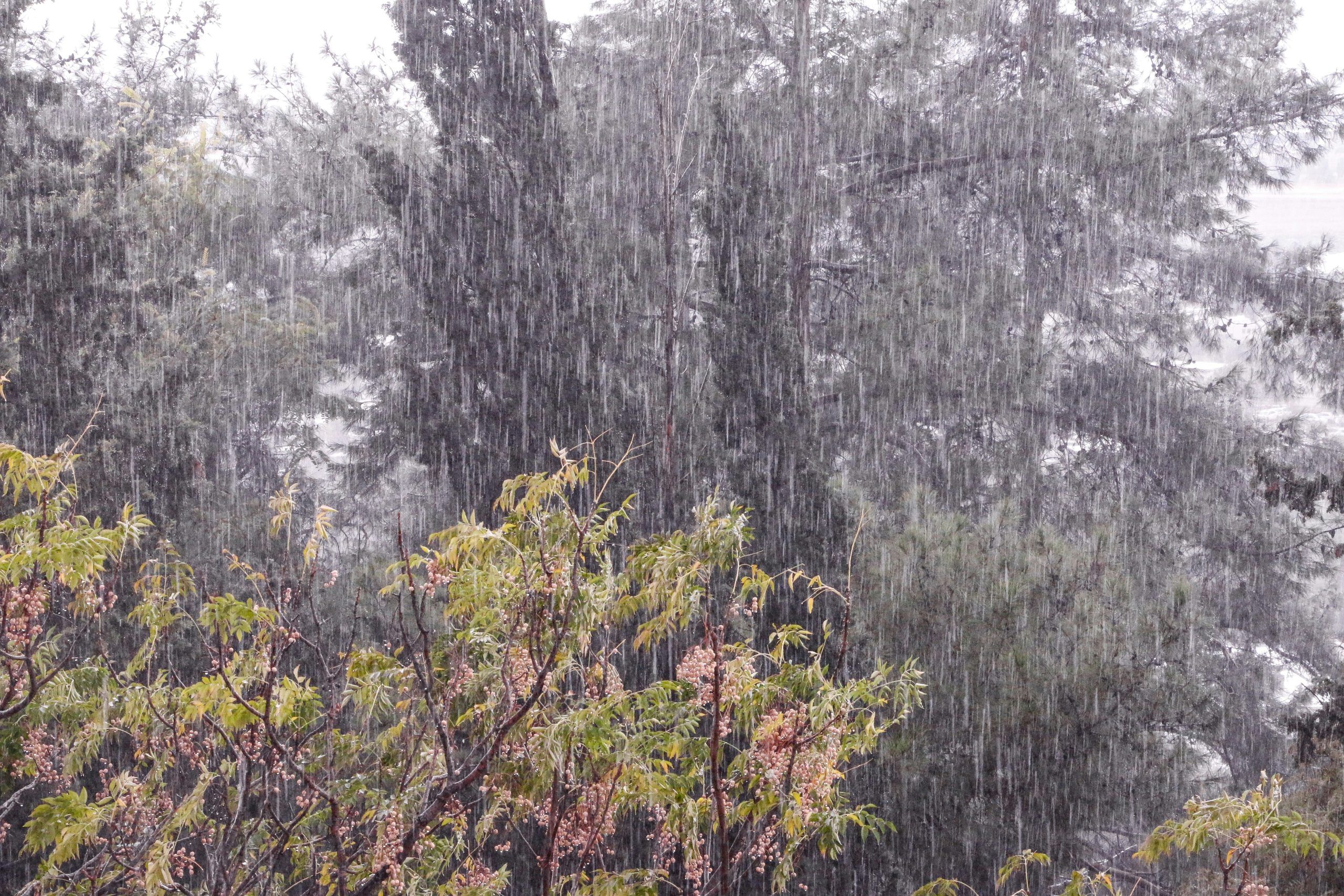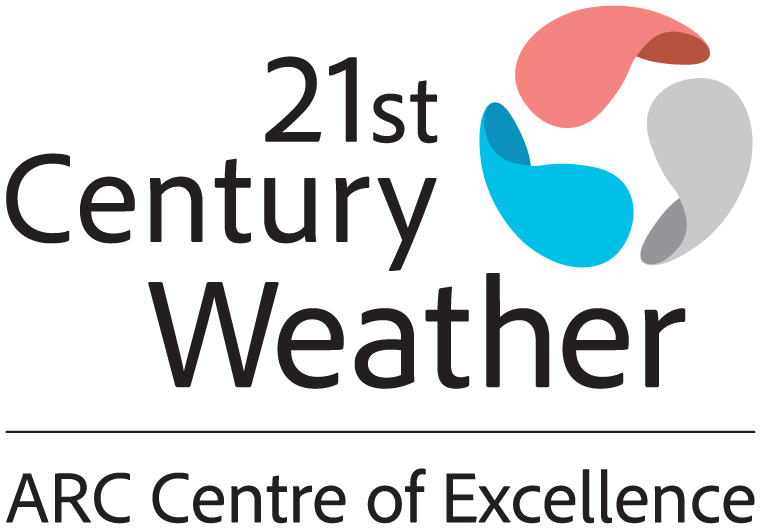
Future rainfall and atmospheric rivers: Why thresholds matter in a warmer world
As the world continues to warm, the atmosphere will hold more moisture. That simple fact is reshaping how we think about rain, especially the powerful, moisture-laden weather systems known as atmospheric rivers.
Atmospheric rivers are long, narrow bands of concentrated moisture in the sky. When they pass over land, they can bring much-needed rain to dry regions, or cause damaging floods. In Australia, they already play a major role in seasonal rainfall, especially in the southeast. But what will these systems look like in the future, as the climate continues to change?
That’s the key question behind new research by Dr Kim Reid, a 21st Century Weather Research Fellow based at the University of Melbourne. The study, published in the Journal of Geophysical Research: Atmospheres, looks at how projections of atmospheric rivers, and the rain they bring, depend on how we choose to define them in climate models. The challenge lies in deciding what counts as “a lot” of moisture in a future where the baseline is shifting.
Scientists typically define atmospheric rivers using a moisture threshold. Some studies stick to a historical baseline, using the amount of moisture that would be considered extreme today. Others adjust the threshold for future conditions, recognising that tomorrow’s atmosphere will likely be more humid. Both approaches are valid, but they produce different results.
The study by Kim and her collaborators, Sophie Allen and Emil Tolgambayev, tested both methods using leading global climate models. They found that both predict more frequent atmospheric rivers over Australia later this century, especially in the southeast. But how intense those systems are, and how much rain they bring, depends on which definition you use. The method based on today’s moisture thresholds identifies more frequent, albeit weaker systems with less rain overall. The future-adjusted method picks up fewer but stronger events with heavier downpours.
This matters because water managers, farmers, emergency services and communities need clear guidance on what kind of rain events to expect. The work shows that small choices in how we define extreme weather can have a big impact on what we think the future holds.
If both methods produce the same result, we can have more confidence in the conclusions. Both methods agree that Australia won’t see a decrease in Atmospheric Rivers and they are likely to become more intense. The rainfall from Atmospheric Rivers may shift towards the extremes where we see more drizzle and heavy rain from Atmospheric Rivers but fewer moderate events.
Sophie and Emil worked with Kim as part of an undergraduate internship program with the ARC Centre of Excellence for Climate Extremes. For information about equivalent programs with 21st Century Weather, visit: https://www.21centuryweather.org.au/study-with-us/scholarship-opportunities/undergraduate/
This article was written using a combination of human and artificial intelligence
